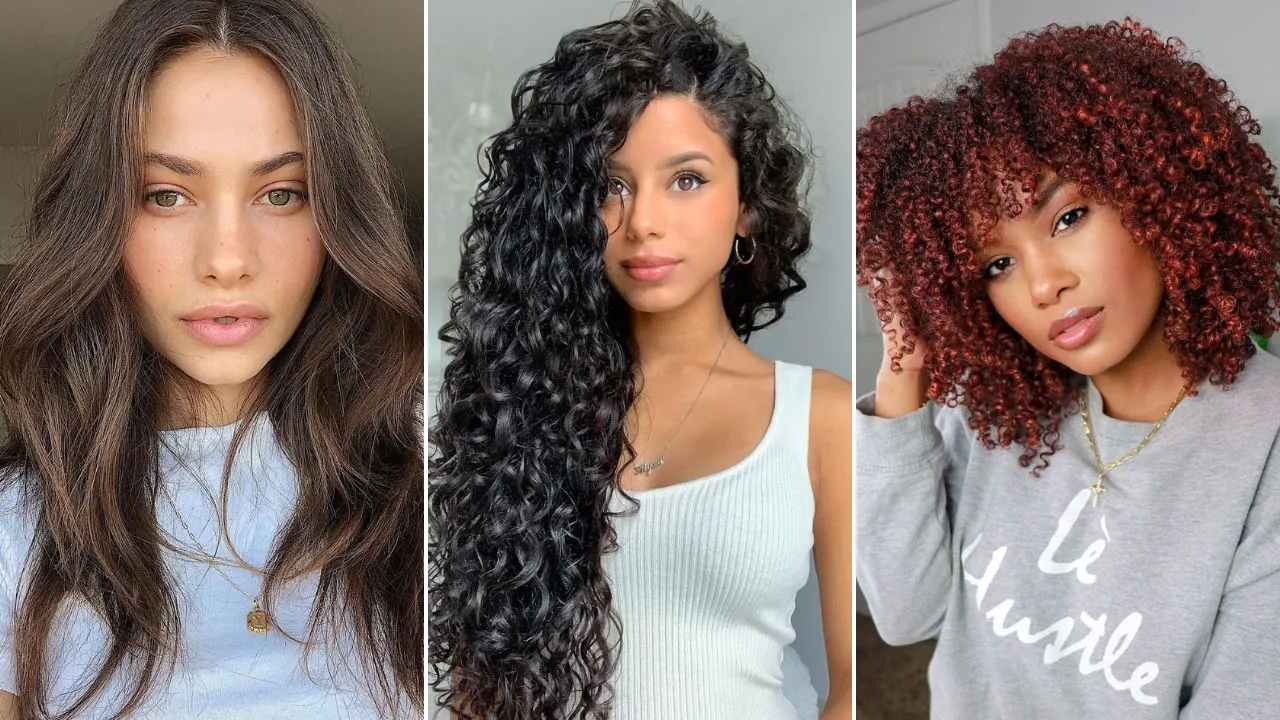Understanding your hair type is the first step towards achieving healthy, beautiful hair and finding the perfect styling routine. In this comprehensive guide, we’ll explore the 12 different hair types, how to identify your own, and provide tips on how to care for and style each type. Whether you have pin-straight locks or tight coils, this guide will help you embrace and enhance your natural hair texture.
Hair Type Chart with Different Types of Waves and Curls
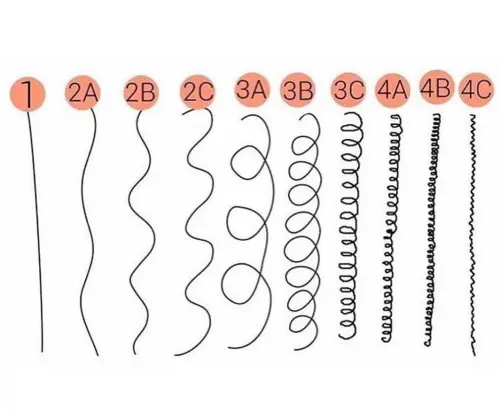
Before we dive into the specifics of each hair type, it’s important to understand the classification system. Hair types are generally categorized into four main groups:
- Type 1: Straight
- Type 2: Wavy
- Type 3: Curly
- Type 4: Coily
Each of these main types is further divided into three subcategories (A, B, and C) based on the hair’s specific characteristics. This results in a total of 12 hair types, each with its unique traits and styling needs.
How to Identify Your Hair Type
Identifying your hair type involves observing several factors:
- Texture: Is your hair fine, medium, or coarse?
- Pattern: Look at your hair when it’s completely product-free and air-dried. Does it fall straight, form waves, curls, or coils?
- Porosity: How well does your hair absorb and retain moisture?
- Density: How much hair do you have per square inch of your scalp?
- Elasticity: How much can your hair stretch before returning to its natural state?
To accurately determine your hair type, wash your hair and let it air dry without any styling products. Once dry, observe its natural pattern and characteristics.
Now, let’s explore each hair type in detail:
1A Hair Type: Completely Straight
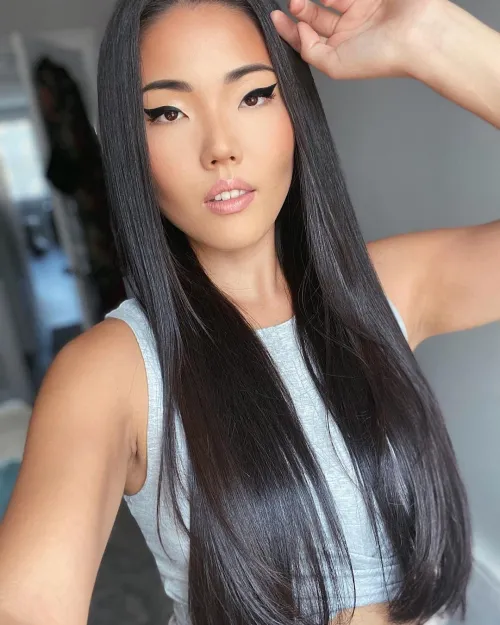
Characteristics:
- Perfectly straight from root to tip
- No bends or curves
- Often fine and thin
- Tends to be oily due to sebum easily traveling down the hair shaft
Styling Tips:
- Use lightweight, volumizing products to add body
- Avoid heavy oils and creams that can weigh hair down
- Try texturizing sprays for added grip and volume
- Experiment with layers for movement and dimension
1B Hair Type: Straight with Some Texture
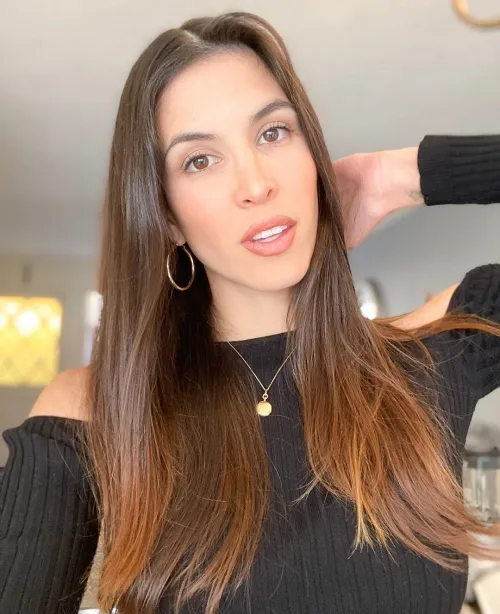
Characteristics:
- Mostly straight with slight bends
- Medium texture
- Can hold curls better than 1A
Styling Tips:
- Use heat protectant when styling to maintain hair health
- Try beach sprays for added texture and movement
- Experiment with curling techniques for longer-lasting styles
- Use dry shampoo to extend time between washes and add volume
1C Hair Type: Straight with Soft Bends
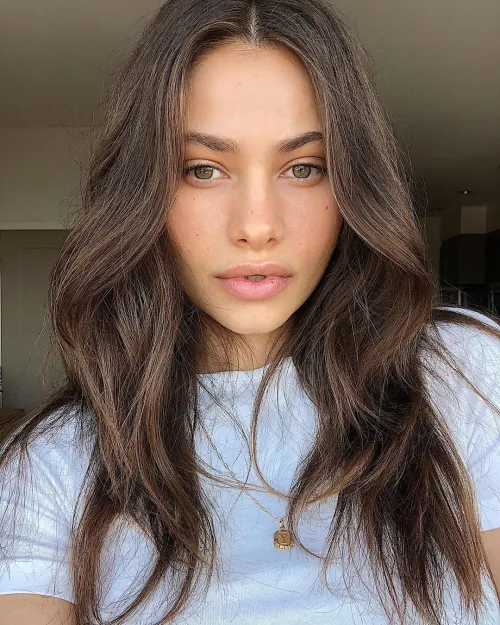
Characteristics:
- Straight with noticeable bends and body
- Thicker and coarser than 1A and 1B
- Prone to frizz in humid conditions
Styling Tips:
- Use anti-frizz products to control flyaways
- Try leave-in conditioners for added moisture and smoothness
- Experiment with straightening or curling for versatile styles
- Use a boar bristle brush for smoothing and shine
2A Hair Type: Tousled Hair
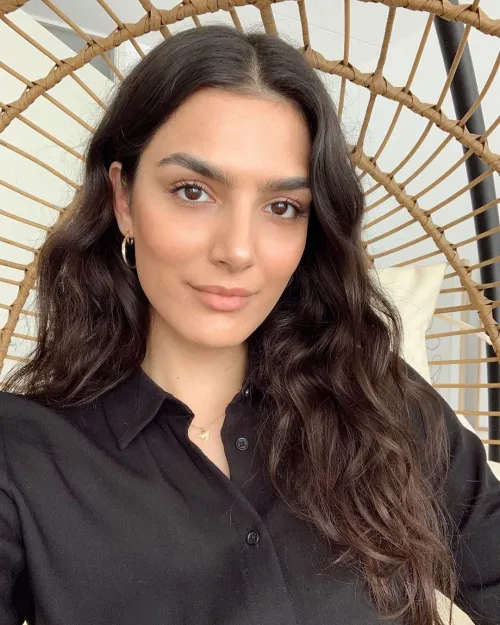
Characteristics:
- Fine, thin hair with a loose, tousled texture
- S-shaped waves, mostly straight at the roots
- Prone to frizz and can easily become flat
Styling Tips:
- Use lightweight mousses or foams to enhance natural waves
- Try the “scrunching” technique when air-drying for more defined waves
- Use a diffuser attachment when blow-drying to maintain wave pattern
- Avoid heavy products that can weigh hair down
2B Hair Type: S-Shaped Waves

Characteristics:
- More defined S-shaped waves
- Waves start from the mid-length to ends
- Medium thickness
- Prone to frizz
Styling Tips:
- Use curl-enhancing creams or gels to define waves
- Try the “plopping” technique to enhance natural texture
- Use a wide-tooth comb to detangle and preserve wave pattern
- Apply products to damp hair to lock in moisture and reduce frizz
2C Hair Type: Wavy Hair with a Few Actual Curls

Characteristics:
- Mixture of waves and loose spiral curls
- Thick, coarse texture
- Prone to frizz and dryness
Styling Tips:
- Use leave-in conditioners and anti-frizz serums
- Try the “Curly Girl Method” for enhanced definition
- Use a diffuser when blow-drying to maintain curl pattern
- Avoid brushing dry hair to prevent frizz
Type 3A Hair: Large, Loose Curls
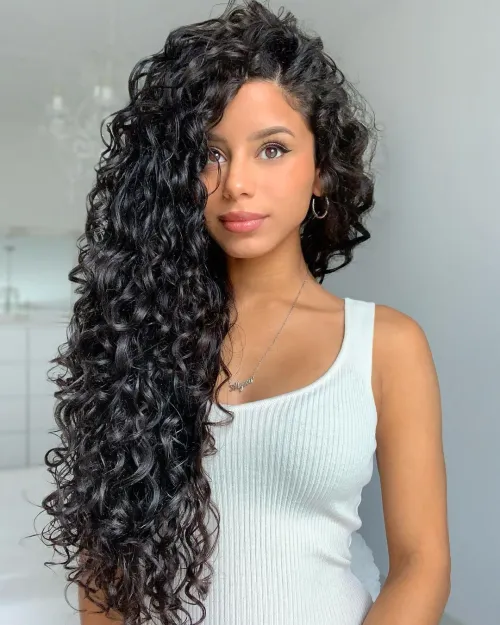
Characteristics:
- Well-defined, loose curls
- S-shaped spirals about the size of a wine cork
- Shiny with a lot of movement
Styling Tips:
- Use curl-defining creams or gels for shape and hold
- Try the “rake and shake” method for even product distribution
- Use a microfiber towel or t-shirt to dry hair and reduce frizz
- Refresh curls with a water-based spray between washes
Type 3B Hair: Springy Ringlets
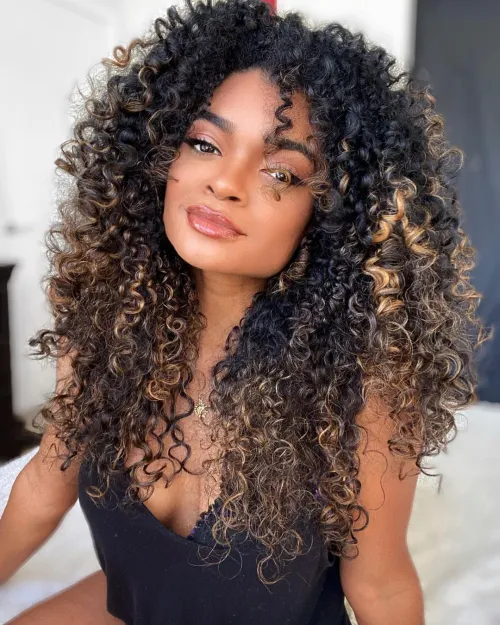
Characteristics:
- Tighter, more voluminous curls
- Ringlets about the size of a Sharpie marker
- Prone to dryness and frizz
Styling Tips:
- Use rich, moisturizing products to combat dryness
- Try the “LOC” method (Leave-in, Oil, Cream) for moisture retention
- Use a Denman brush or finger-coiling for definition
- Protect curls at night with a satin pillowcase or bonnet
3C Hair Type: Tight Corkscrews
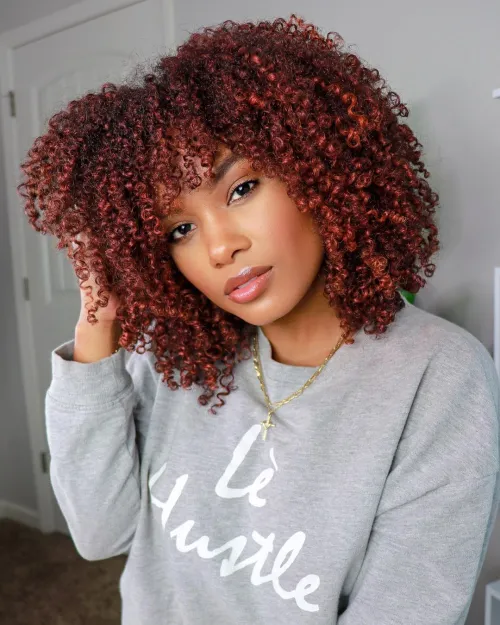
Characteristics:
- Very tight corkscrews or coils
- Curls about the size of a pencil or straw
- Dense and voluminous
- Prone to shrinkage and dryness
Styling Tips:
- Use heavy creams and butters for intense moisture
- Try twist-outs or braid-outs for stretched styles
- Use a pick or wide-tooth comb for volume
- Deep condition regularly to maintain curl health
4A Hair Type: Dense Springy Coils
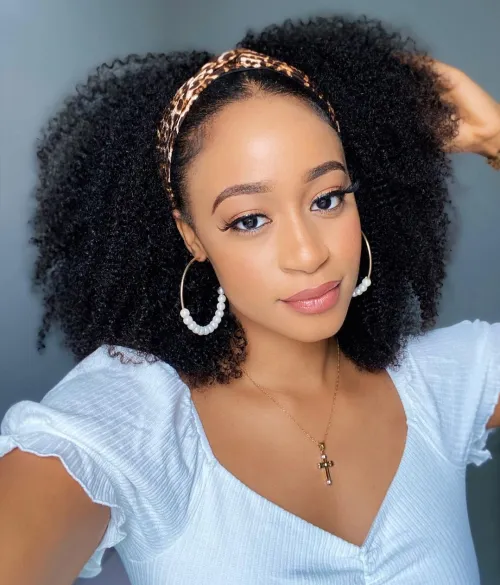
Characteristics:
- Tightly coiled S-pattern
- Springy texture that’s very fragile
- High shrinkage (up to 75%)
- Prone to dryness and breakage
Styling Tips:
- Use very moisturizing, cream-based products
- Try the “LCO” method (Leave-in, Cream, Oil) for maximum hydration
- Use protective styles to minimize manipulation and breakage
- Detangle gently with lots of slip from conditioners or oils
Type 4B: Z-Shaped Curls
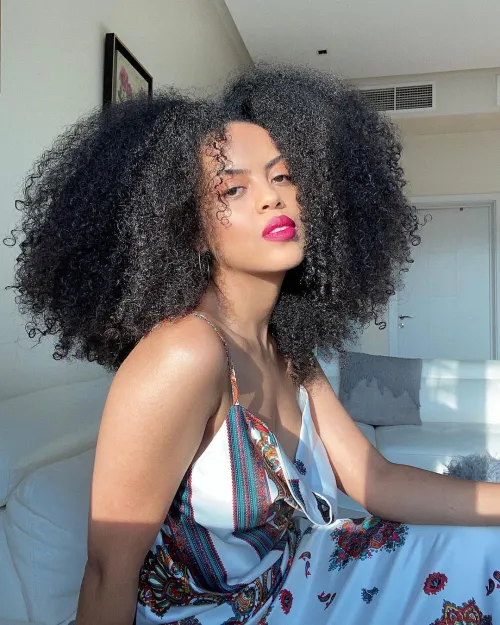
Characteristics:
- Sharp, zigzag pattern
- Less defined curl pattern than 4A
- Very tight texture with lots of strands densely packed together
- Prone to dryness and shrinkage
Styling Tips:
- Focus on moisture retention with heavy creams and butters
- Try two-strand twists or coils for definition
- Use stretching techniques like banding to reduce shrinkage
- Incorporate regular deep conditioning and hot oil treatments
4C Hair Type: Curls with Zigzag Pattern
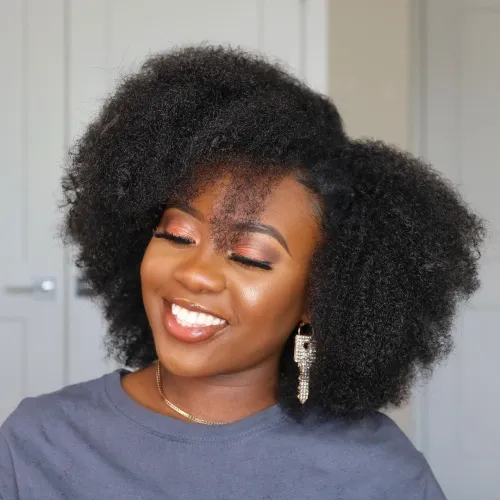
Characteristics:
- Extremely tight coils with a zigzag pattern
- Very little visible curl definition
- Extremely fragile and prone to breakage
- Maximum shrinkage (up to 75% or more)
Styling Tips:
- Prioritize moisture with heavy, oil-based products
- Try the “Maximum Hydration Method” for enhanced curl definition
- Use protective styles to minimize manipulation and retain length
- Incorporate regular protein treatments to strengthen hair
Looking Beyond Hair Texture
While understanding your hair type is crucial, it’s important to remember that other factors also play a significant role in hair care and styling:
- Porosity: How well your hair absorbs and retains moisture
- Density: The number of hair strands per square inch on your scalp
- Width: The diameter of individual hair strands (fine, medium, or thick)
- Scalp condition: Oily, dry, or balanced
These factors, combined with your hair type, will help you create a personalized hair care routine that addresses your specific needs.
In conclusion, knowing your hair type is the first step towards achieving healthy, beautiful hair. By understanding your hair’s unique characteristics and needs, you can choose the right products and styling techniques to enhance your natural texture. Remember, everyone’s hair is different, so don’t be afraid to experiment and find what works best for you. Embrace your natural hair type and let your unique beauty shine!
